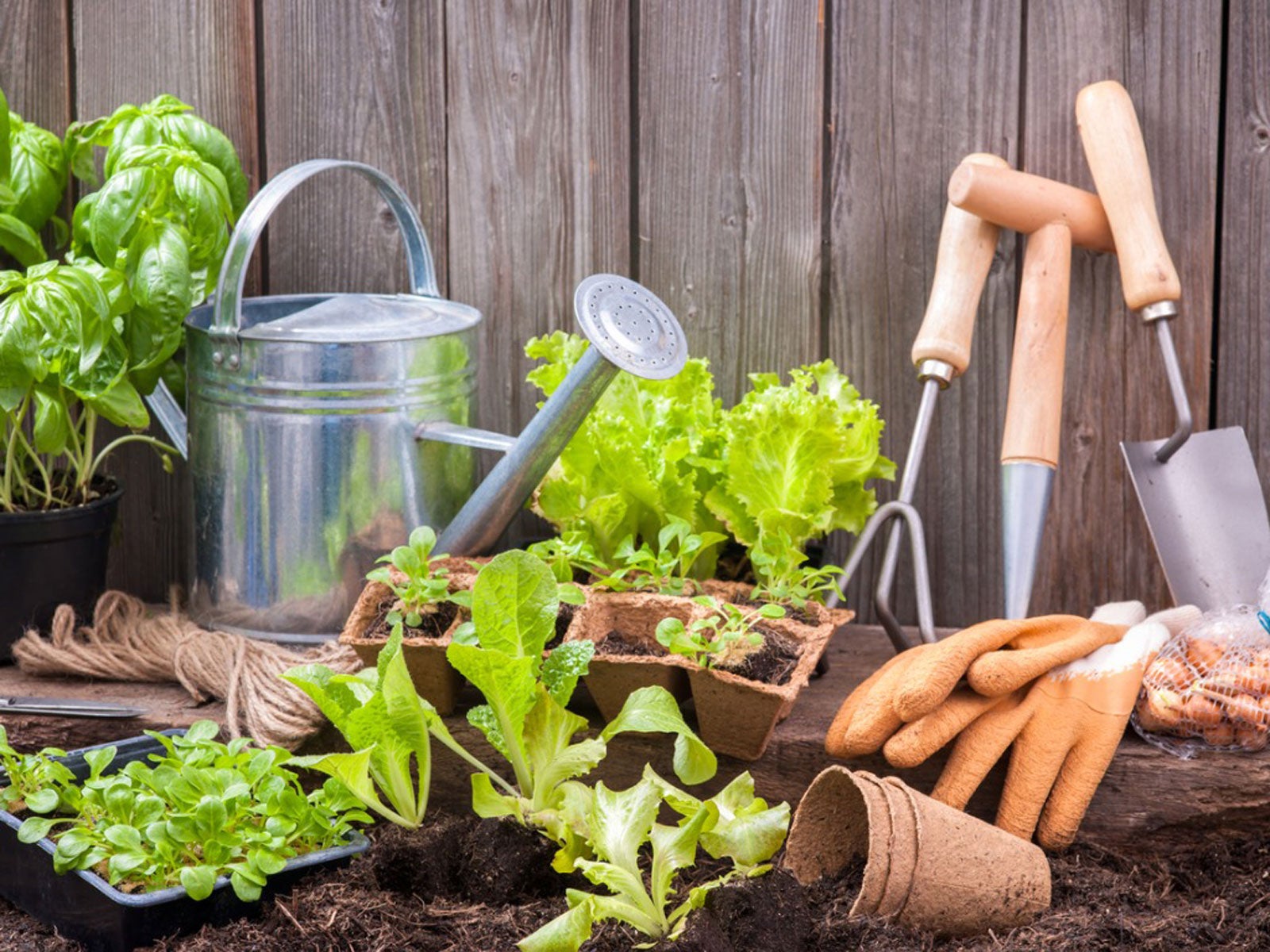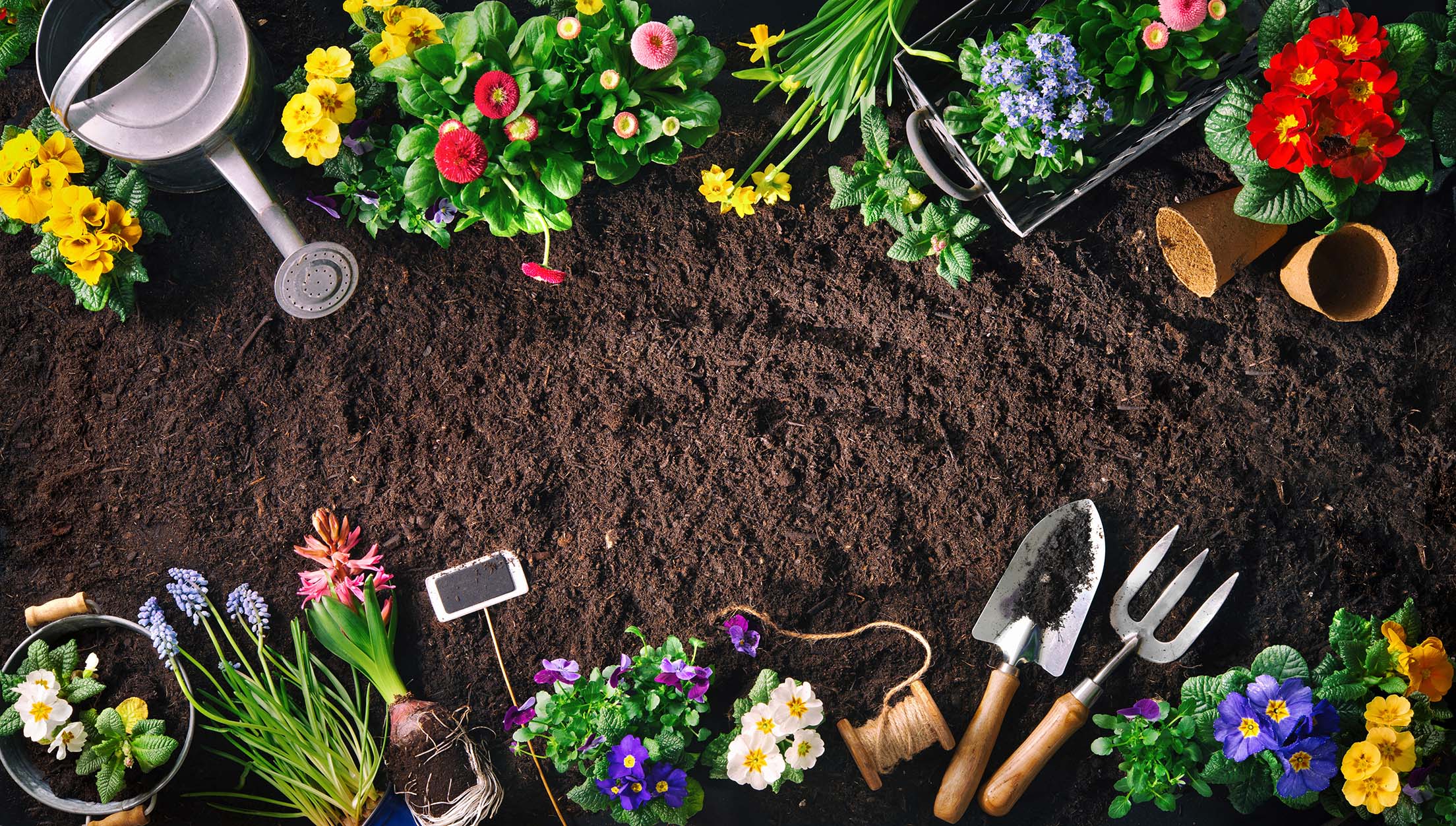Seasonal Gardening Tips to Keep Your Yard Flourishing Year-Round
Professional Gardening Tips for Producing a Lasting and Eco-Friendly Garden
Starting the journey to develop a green and sustainable yard entails a collection of intentional options and methods that not only boost the appeal of your space however additionally add positively to the environment. By picking indigenous plants that are appropriate to your area, you can reduce dependence on chemical fertilizers and chemicals while supplying necessary support to neighborhood wildlife. In addition, integrating water preservation methods and natural gardening techniques plays a vital role in maintaining a healthy and balanced community. To reveal more experienced insights and functional approaches, let us discover the key aspects that specify an environmentally mindful yard.
Choose Native Plants
Choosing native plants for your yard is a basic step towards achieving sustainability. Native plants are naturally adjusted to the neighborhood climate and soil problems, making them a lot more durable to local parasites and conditions. This reduces the requirement for chemical pesticides and plant foods, hence minimizing environmental influence. In addition, indigenous plants usually need less water once established, adding to more reliable water usage.
Beyond their practical advantages, indigenous plants play a critical duty in supporting regional biodiversity. They offer vital habitat and food resources for indigenous wildlife, consisting of pollinators such as butterflies, , and birds. This promotes a balanced ecosystem, which is essential for the health and wellness of your garden and the surrounding setting.

Implement Water Preservation
Executing water conservation strategies is essential for preserving a sustainable garden. Reliable water use not only lowers the environmental effect however additionally makes certain that plants receive adequate hydration without waste. One reliable method is to use drip irrigation systems, which supply water directly to the plant roots, decreasing evaporation and overflow. This targeted technique can significantly decrease water use contrasted to traditional sprinklers.
In addition, mulching is a beneficial technique for preserving water. By using a layer of organic compost, such as timber chips or straw, around the base of plants, gardeners can lessen soil dissipation and preserve regular moisture levels. Mulch additionally aids control soil temperature level and subdues weed growth, further adding to plant wellness.
Rainwater harvesting is one more sustainable approach. Installing rainfall barrels or other collection systems permits garden enthusiasts to keep and record rain, which can later be utilized during dry durations. This not just conserves municipal water yet also offers a natural, chemical-free resource for irrigation.
Last but not least, choosing drought-tolerant plant species can significantly reduce water demands. These plants are adapted to grow in low-water conditions, making them perfect for eco-friendly yards. gardening tips. Implementing these water conservation approaches will cultivate a resilient, lasting yard
Usage Organic Horticulture Techniques

Pest management in an organic garden counts on integrated insect management (IPM) methods. These include encouraging helpful bugs, utilizing natural predators like lacewings and ladybugs, and carrying out plant turning to interfere with pest life process. Buddy planting, where certain plants are expanded with each other to drive away parasites or bring in helpful pests, is an additional efficient method.
Weed control is managed via mulching and hand-operated elimination, rather than relying upon herbicides. Mulch not just suppresses weeds however also preserves moisture and enhances dirt health as it breaks down. Organic composts, such as straw, timber chips, and leaves, are especially beneficial.
Develop Wild Animals Environments
Producing wild animals habitats within your yard not only improves biodiversity but additionally supports the community's balance. Beginning by incorporating native plants, as these are appropriate to your regional environment and give crucial food and sanctuary for wildlife.
Consider adding a water feature, such as a pond or birdbath, to offer a constant water source. Water elements bring in a variety of species, from amphibians to pollinators, enhancing the garden's vigor. Additionally, installing birdhouses, bat boxes, and insect hotels supplies secure nesting websites and encourages biodiversity.
Leave some locations of your garden uninterrupted, allowing fallen leave clutter and fallen branches to gather. By prioritizing these lasting techniques, your garden can come to be a haven for neighborhood wild animals, promoting ecological health and wellness and sustainability.
Method Composting and Mulching
A vital aspect of lasting gardening, composting and mulching, considerably boosts dirt health and reduces waste. Composting includes reusing organic products such as cooking area scraps, yard clippings, and leaves. These products decay to create nutrient-rich compost, which serves as a natural fertilizer. Unlike synthetic plant foods, garden compost improves the soil with valuable microbes and essential nutrients, promoting a much healthier garden environment.
Mulching, on the various other hand, entails covering the dirt surface with organic or inorganic products, such as straw, wood chips, or shredded fallen leaves. This practice supplies several advantages: it preserves soil moisture, subdues weed growth, and moderates soil temperature. Mulch additionally slowly breaks down, adding natural matter to the dirt and more boosting its fertility.
To practice effective composting, guarantee your compost stack has an equilibrium of my company green products (rich in nitrogen) and brownish products (abundant in carbon), maintaining appropriate aeration and wetness. gardening tips. site here Frequently turning the stack speeds up decay. For mulching, apply a 2-3 inch layer around plants, ensuring it does not straight speak to stems or trunks to avoid rot
Conclusion

Picking indigenous plants for your yard is a basic action towards accomplishing sustainability.In addition, including indigenous plants can enhance the aesthetic allure of your yard. These plants are adapted to thrive in low-water problems, making them optimal for environmentally friendly gardens. Applying these water preservation approaches will certainly promote a durable, sustainable yard.
In conclusion, developing a sustainable and eco-friendly yard includes the calculated selection of indigenous plants, the site link fostering of water conservation methods, and the implementation of natural gardening methods.